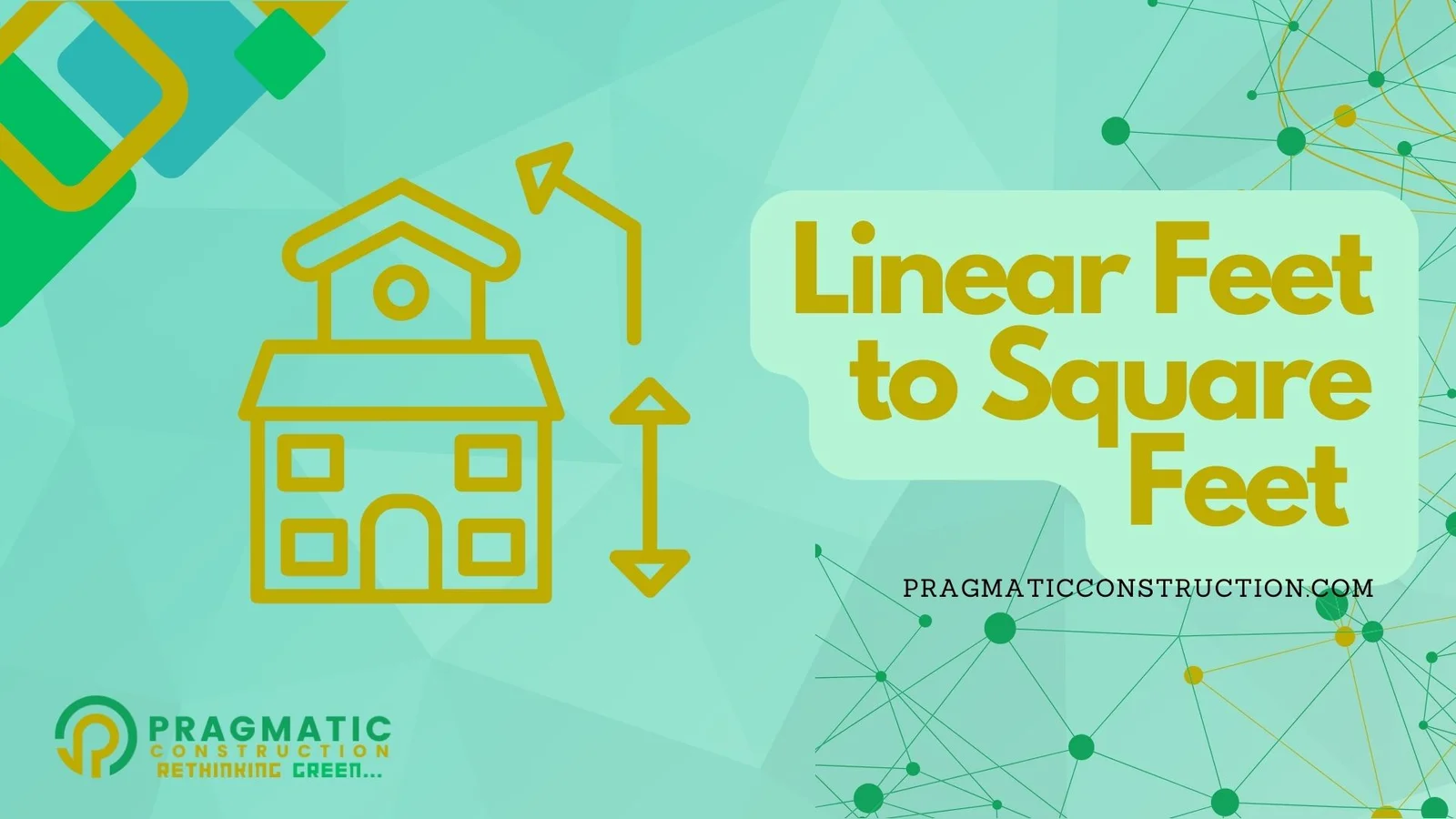Lumber is a foundational material in construction and woodworking projects, with its dimensions playing a crucial role in estimating quantities and costs.
Understanding the concept of lineal feet and how to convert them to square feet is essential for accurately planning and executing projects involving lumber.
In this guide, we’ll explore the intricacies of lumber measurements and demonstrate how to effectively convert lineal feet to square feet for various applications.

Importance of Accurate Measurements:
- Accurate measurements are vital for estimating material quantities and costs in construction and woodworking projects. Understanding Lineal Feet:
- Lineal feet represent the length of a board or piece of lumber, emphasizing its one-dimensional measurement.
- The term “lineal feet” is often preferred over “linear feet” to underscore the linear nature of the measurement.
Square Feet:
- Square feet is a unit of area measurement, representing the two-dimensional space enclosed by a square with sides measuring one foot each.
- It’s commonly used to measure the area of floors, walls, ceilings, and other surfaces.
- The formula to calculate square feet is: Area = Length (in feet) × Width (in feet).
Linear Feet:
- Linear feet, also known as lineal feet or simply feet, refers to the measurement of length along a straight line.
- It’s frequently used to quantify the length of linear objects such as boards, pipes, wires, and fencing.
- Linear feet are typically measured in increments of one foot.
Converting Lineal Feet to Square Feet
- Converting lineal feet to square feet involves multiplying the length of the board (in feet) by its width (also in feet) to determine the total area covered. Considerations:
- Knowledge of the board’s width is crucial for accurate conversions.
- The width of the board determines the area it covers when laid flat.
Practical Examples and Applications:
Example 1:
- Given a piece of lumber measuring 10 lineal feet in length and 6 inches (0.5 feet) in width:
- Using the formula, Square Feet = Lineal Feet x Width:
- Calculation yields: Square Feet = 10 feet x 0.5 feet = 5 square feet. Example 2:
- Calculating the cost per square foot for siding quoted at $2 per lineal foot:
- With a width of 6 inches (0.5 feet):
- Cost per Square Foot = Cost per Lineal Foot / Width (in feet):
- Resulting in: Cost per Square Foot = $2 / 0.5 feet = $4 per square foot.
How to Determine Linear Feet
Linear feet represent measurements along straight lines, indicating a one-dimensional distance. For instance, if you’re assessing the length of a bedroom wall, you’d measure from one corner of the room to another to determine its linear footage. This measurement also applies when estimating the amount of trim needed for a window.
How to Calculate Square Feet?
Square feet measurement pertains to two-dimensional areas, necessitating two distinct measurements for accurate computation. These measurements are conducted in feet, hence the term square feet.
Illustrative Example: Suppose you have a room with dimensions of twelve linear feet by eight linear feet. The total square footage of this room would amount to 96 square feet.
Addressing Challenges: Acknowledging Math Hurdles: Measuring a room for new flooring can pose challenges, especially for those less adept at mathematics. Even with the assistance of a square foot calculator, the process may remain daunting. Therefore, seeking professional assistance can alleviate this burden and ensure accurate measurements.
Linear Feet to Square Feet Calculator
Square Feet to Linear Feet Calculator
Common Questions
How many square feet are in a linear foot?
- The answer to this question depends on the width of the object being measured.
- For example, if you have a board that is 1 foot wide and 10 feet long, its area in square feet would be 10 square feet.
- However, if the board is 6 inches (0.5 feet) wide, its area in square feet would be 0.5 feet × 10 feet = 5 square feet.
What is 500 square feet in linear feet?
- To determine the linear footage required to cover an area of 500 square feet, you need to know the width of the material being used.
- For instance, if you’re purchasing flooring that is 2 feet wide, you would divide the total area (500 square feet) by the width (2 feet) to find the linear footage required: 500 square feet ÷ 2 feet = 250 linear feet.
How many feet is 1 linear foot?
- By definition, 1 linear foot is equivalent to 1 foot in length. Therefore, 1 linear foot equals 1 foot.
How many linear feet is 10×10?
- When referring to a 10×10 area, it typically signifies a square area with sides measuring 10 feet each.
- To determine the linear footage around the perimeter of this square, you would add the lengths of all four sides: 10 feet + 10 feet + 10 feet + 10 feet = 40 linear feet.
Conclusion:
- Mastery of converting lineal feet to square feet is essential for accurate project planning and cost estimation in construction and woodworking. Practical Considerations:
- Ensure knowledge of the material’s width for precise conversions.
- Double-check calculations to avoid errors in estimating material quantities and costs.
- Familiarize with industry-standard units of measurement for effective communication with stakeholders.
In conclusion, understanding and applying the conversion from lineal feet to square feet enhances efficiency and accuracy in handling lumber and other materials. Whether you’re a seasoned professional or an aspiring DIY enthusiast, this knowledge is indispensable for successful project execution in the realm of construction and woodworking.


















